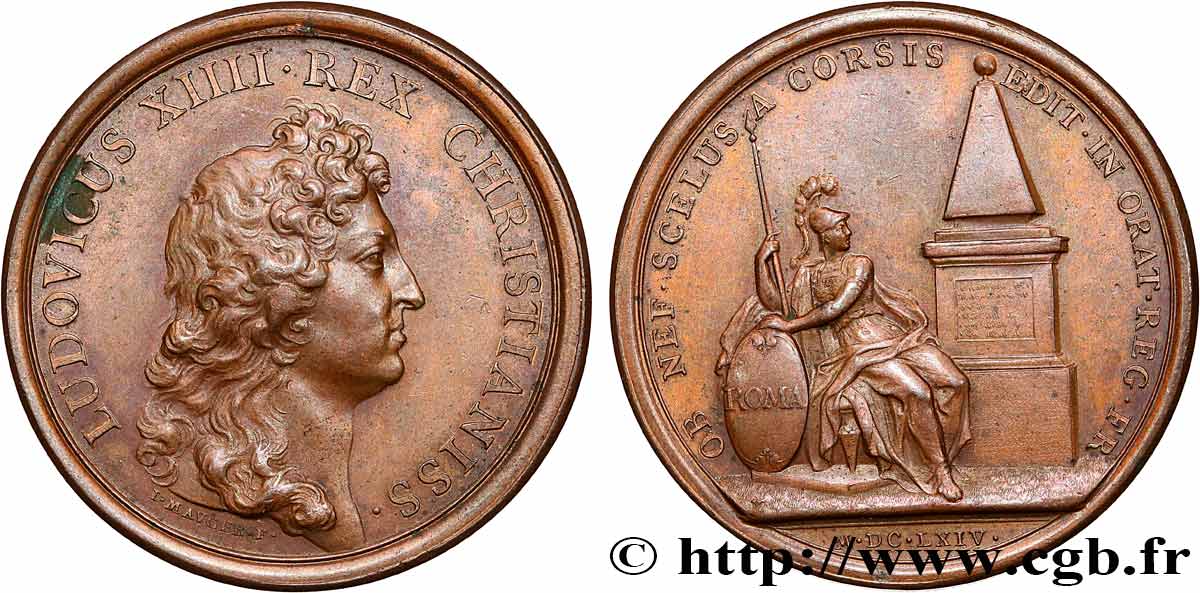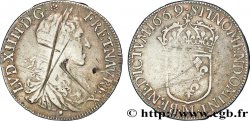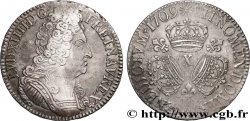Live auction - fme_782336 - LOUIS XIV "THE SUN KING" Médaille, Pyramide élevée à Rome
Devi Sign-in ed essere un offerente approvato fare un'offerta, Login per fare offerte. Conti sono soggetti ad approvazione e di approvazione sono raggiunti entro 48 ore. Non aspettare fino al giorno di una vendita si chiude per registrarti.Confermando la tua offerta su questo oggetto ti impegni ad un contratto legalmente vincolante per l'acquisto di questo prodotto e fare clic su «offerta» costituisce accettazione dei termini di utilizzo de live auctions cgb.fr.
Offerta deve essere collocato in euro gli importi interi vendita only.The si chiuderà al momento sulla descrizione dell'oggetto, eventuali offerte pervenute al sito dopo l'orario di chiusura non verranno eseguite. Volte transmition possono variare e le offerte potrebbero essere respinto se si attende per gli ultimi secondi. Per ulteriori informazioni ckeck le FAQ Live auction.
Le offerte vincenti saranno sottomesse ai 18% per spese di compartecipazione alla vendita.
Le offerte vincenti saranno sottomesse ai 18% per spese di compartecipazione alla vendita.
| Valutazione : | 150 € |
| Prezzo : | 75 € |
| Offerta maxima : | 75 € |
| Data di fine vendita : | 24 gennaio 2023 18:16:18 |
| partecipanti : | 1 partecipanto |
Tipo : Médaille, Pyramide élevée à Rome
Data: 1664
Metallo : rame
Diametro : 41 mm
Asse di coniazione : 12 h.
Incisore MAUGER Jean (1648-1712)
Peso : 31,32 g.
Orlo : lisse
Marchio : sans poinçon
Commenti sullo stato di conservazione:
Patine marron hétérogène d’aspect irisé, présentant quelques taches d’oxydation. Petite usure sur les hauts reliefs. Présence de quelques rayures
N° nelle opere di riferimento :
Diritto
Titolatura diritto : LUDOVICUS XIIII . REX CHRISTIANISSIMUS..
Descrittivo diritto : Buste de Louis XIV à droite, signé I. MAVGER. F.
Traduzione diritto : (Louis XIV, roi très chrétien).
Rovescio
Titolatura rovescio : OB NEF. SCELUS A CORSIS EDIT. IN ORAT. REG. FR // À L’EXERGUE : POSITA PYRAMIDE / M DC LXIV.
Descrittivo rovescio : La ville de Rome, sous la figure d’une femme assise, tenant un javelot et un bouclier sur lequel on lit : ROMA. A droite la nouvelle pyramide.
Commento
En août 1662, les gardes de l’ambassadeur du roi de France à Rome eurent une querelle avec les gardes corses du pape. Du côté français, il y eut des blessés et même un mort. Comme la cour de Rome hésitait à présenter ses excuses, l’ambassadeur quitta la ville. Louis XIV, de son côté, ordonna le nonce apostolique de quitter la cour et occupa Avignon et le Comtat Venaissin. une guerre semblait éclater d’un moment à l’autre.
Finalement, une paix fut conclue entre le pape Alexandre VII et le roi de France. Louis XIV restituait le Comtat et le pape en échange offrait comme réparation le renvoi de la garde corse, une déclaration d’excuses du nonce et l’érection d’une pyramide à Rome, en mémoire à ces excuses.
La pyramide fut érigée au commencement de l’année 1664. Le 29 juillet de la même année, le neveu du pape, le cardinal Chigi, fut reçu en audience dans la chambre du roi et présenta les excuses de Rome (médaille 79). Le pape Clément IX, le successeur d’Alexandre VII, désirait la destruction de la pyramide, ce témoignage de l’humiliation papale. Louis XIV finit par donner son consentement et la pyramide fut détruite en 1668.
In August 1662, the guards of the King of France's ambassador in Rome had a quarrel with the Pope's Corsican guards. On the French side, there were injuries and even one death. As the court in Rome hesitated to apologize, the ambassador left the city. Louis XIV, for his part, ordered the papal nuncio to leave the court and occupied Avignon and the Comtat Venaissin. A war seemed likely to break out at any moment. Finally, peace was concluded between Pope Alexander VII and the King of France. Louis XIV returned the Comtat, and the Pope, in exchange, offered as reparations the dismissal of the Corsican guard, a declaration of apology from the nuncio, and the erection of a pyramid in Rome as a memorial to these apologies. The pyramid was erected at the beginning of 1664. On July 29 of the same year, the Pope's nephew, Cardinal Chigi, was received in audience in the king's chamber and presented Rome's apologies (medal 79). Pope Clement IX, the successor of Alexander VII, desired the destruction of the pyramid, this testimony to papal humiliation. Louis XIV finally gave his consent and the pyramid was destroyed in 1668
Finalement, une paix fut conclue entre le pape Alexandre VII et le roi de France. Louis XIV restituait le Comtat et le pape en échange offrait comme réparation le renvoi de la garde corse, une déclaration d’excuses du nonce et l’érection d’une pyramide à Rome, en mémoire à ces excuses.
La pyramide fut érigée au commencement de l’année 1664. Le 29 juillet de la même année, le neveu du pape, le cardinal Chigi, fut reçu en audience dans la chambre du roi et présenta les excuses de Rome (médaille 79). Le pape Clément IX, le successeur d’Alexandre VII, désirait la destruction de la pyramide, ce témoignage de l’humiliation papale. Louis XIV finit par donner son consentement et la pyramide fut détruite en 1668.
In August 1662, the guards of the King of France's ambassador in Rome had a quarrel with the Pope's Corsican guards. On the French side, there were injuries and even one death. As the court in Rome hesitated to apologize, the ambassador left the city. Louis XIV, for his part, ordered the papal nuncio to leave the court and occupied Avignon and the Comtat Venaissin. A war seemed likely to break out at any moment. Finally, peace was concluded between Pope Alexander VII and the King of France. Louis XIV returned the Comtat, and the Pope, in exchange, offered as reparations the dismissal of the Corsican guard, a declaration of apology from the nuncio, and the erection of a pyramid in Rome as a memorial to these apologies. The pyramid was erected at the beginning of 1664. On July 29 of the same year, the Pope's nephew, Cardinal Chigi, was received in audience in the king's chamber and presented Rome's apologies (medal 79). Pope Clement IX, the successor of Alexander VII, desired the destruction of the pyramid, this testimony to papal humiliation. Louis XIV finally gave his consent and the pyramid was destroyed in 1668








 Segnalare un errore
Segnalare un errore Stampate la pagina
Stampate la pagina Condividi mia selezione
Condividi mia selezione Fai una domanda
Fai una domanda Consegnare / vendere
Consegnare / vendere
 Descrittivo
Descrittivo









